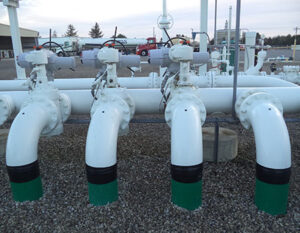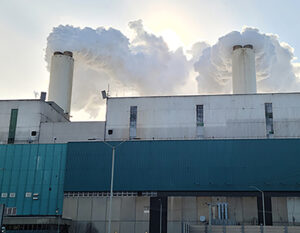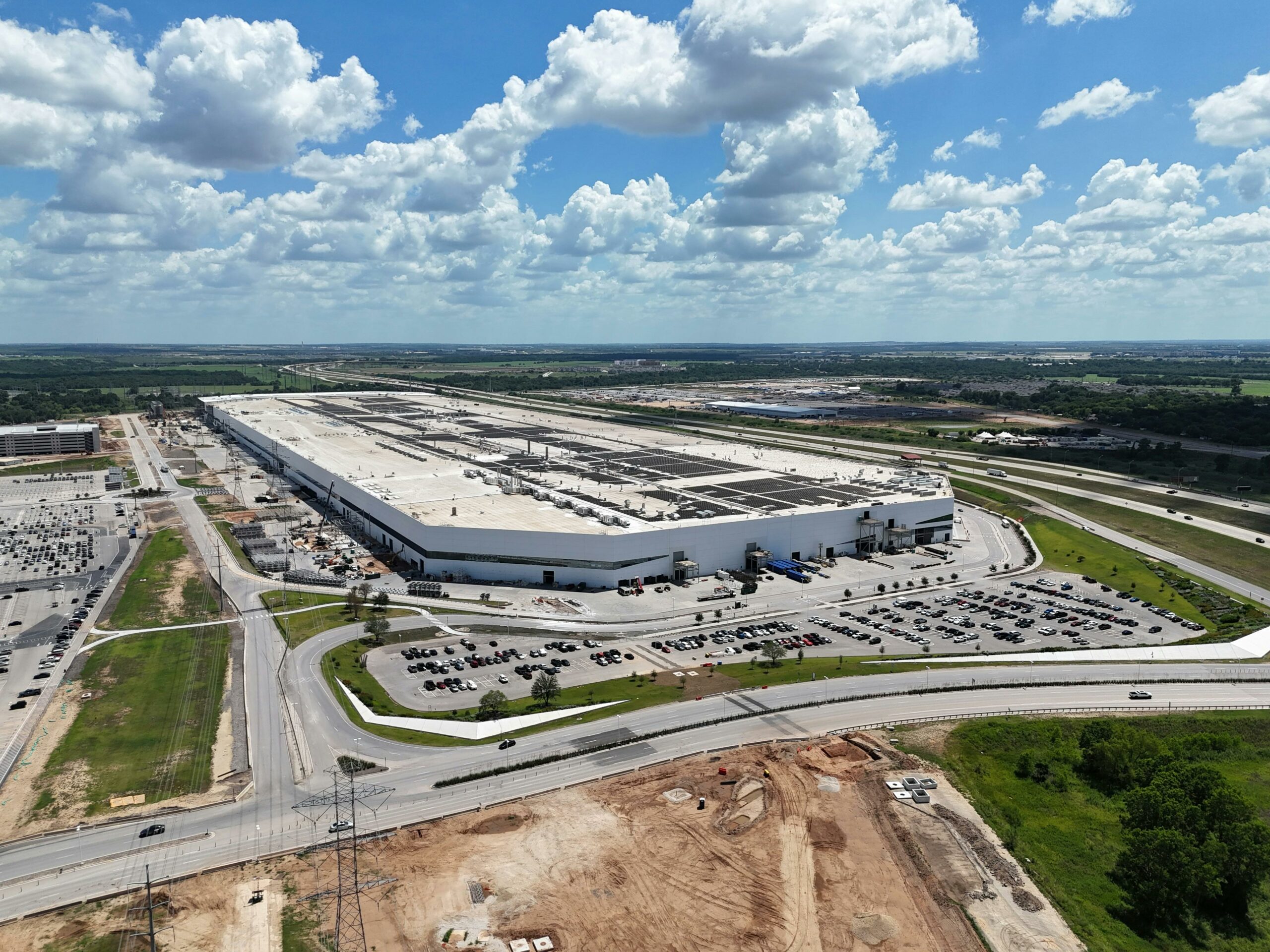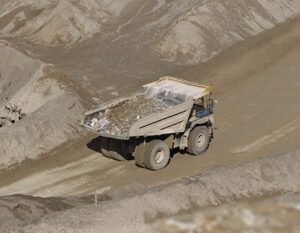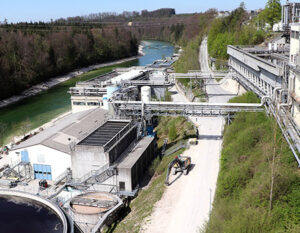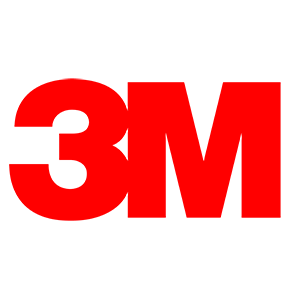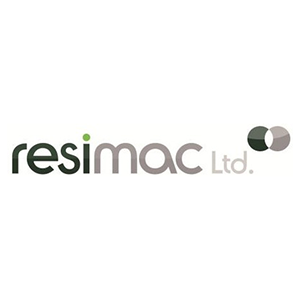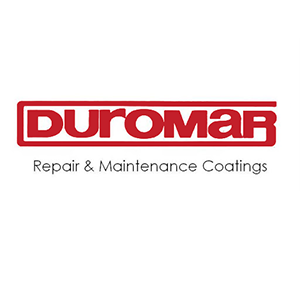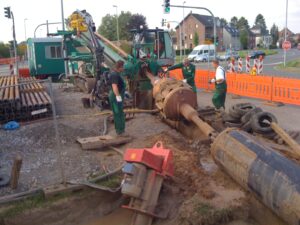Understanding Horizontal Directional Drilling: Revolutionizing Underground Construction
Understanding Horizontal Directional Drilling: Revolutionizing Underground Construction
In the realm of underground construction, Horizontal Directional Drilling (HDD) stands as a groundbreaking technique that has transformed the way underground pipelines, conduits, and cables are installed. This trenchless construction method is not only efficient but also minimizes environmental impact compared to traditional trenching methods. Let’s delve into the intricacies of what Horizontal Directional Drilling is and how it’s reshaping underground construction.
What is Horizontal Directional Drilling?
Horizontal Directional Drilling is a steerable, trenchless method of installing underground utilities in a shallow arc along a prescribed path by using a surface-launched drilling rig. This technique allows for the installation of underground utilities with minimal impact on the surrounding area, which is particularly advantageous in urban settings or environmentally sensitive areas.
The HDD Process
- Planning and Design: The HDD process begins with a thorough assessment of the site, including geological surveys. This helps in planning the drilling path and understanding the subsurface conditions.
- Pilot Hole Drilling: The first step in the HDD process is to drill a small-diameter pilot hole along the predetermined path. This is done using a directional drill rig equipped with drill bits and steering capabilities.
- Reaming the Hole: Once the pilot hole is completed, it is incrementally enlarged by passing larger cutting tools known as reamers through the hole. This step is crucial to ensure that the hole is large enough to accommodate the utility piping or cabling.
- Pullback: The final step involves pulling the utility pipe or conduit back through the enlarged hole. The pipe is typically attached to the reamer, and as the reamer is pulled back through the hole, it drags the pipe along with it into place.
Advantages of HDD
- Minimal Surface Disruption: HDD requires only small entry and exit pits, reducing surface disturbance and making it ideal for urban or environmentally sensitive areas.
- Cost-Effectiveness: While the upfront cost might be higher than traditional trenching, HDD can be more cost-effective in the long run due to reduced restoration costs and minimized disruption.
- Flexibility: HDD can navigate around obstacles underground, making it suitable for areas with existing underground utilities or natural barriers.
- Safety: Reduced excavation minimizes the risk of damaging existing underground utilities, which enhances safety and reduces the likelihood of utility service interruptions.
Applications of HDD
HDD is used in a variety of applications, including but not limited to:
- Water and Sewer Lines Installation
- Gas and Oil Pipelines
- Telecommunication and Fiber Optic Cabling
- Environmental Remediation Conduits
Challenges and Considerations
Despite its numerous advantages, HDD comes with its own set of challenges, such as the risk of drilling fluid leakage, potential for inadvertent returns (drilling fluid surfacing unexpectedly), and the need for skilled operators. Proper planning, understanding subsurface conditions, and employing experienced professionals are key to mitigating these challenges.
Conclusion
Horizontal Directional Drilling has revolutionized underground construction, offering a viable alternative to traditional trenching methods. Its ability to minimize environmental impact, coupled with its efficiency and flexibility, makes HDD a preferred choice in many construction projects requiring underground utility installation. As technology advances, HDD will continue to play a significant role in shaping the future of underground construction.
HDD Coatings:
Unconventional Solutions has many options to protect pipelines during and after boring, check them out here.

